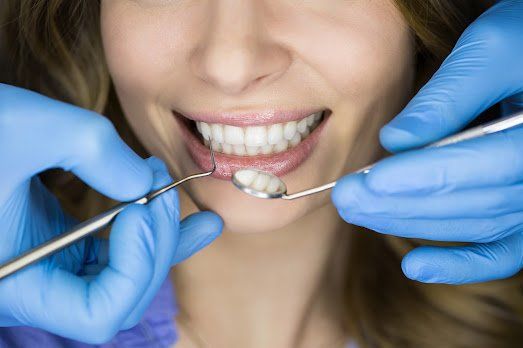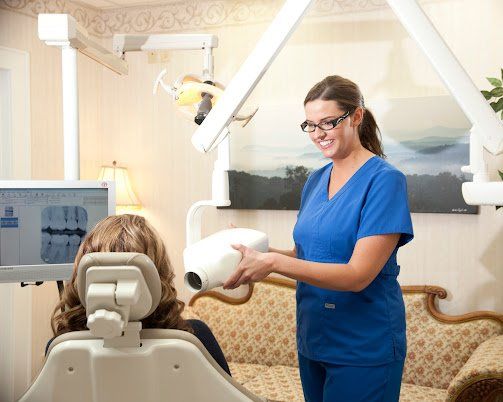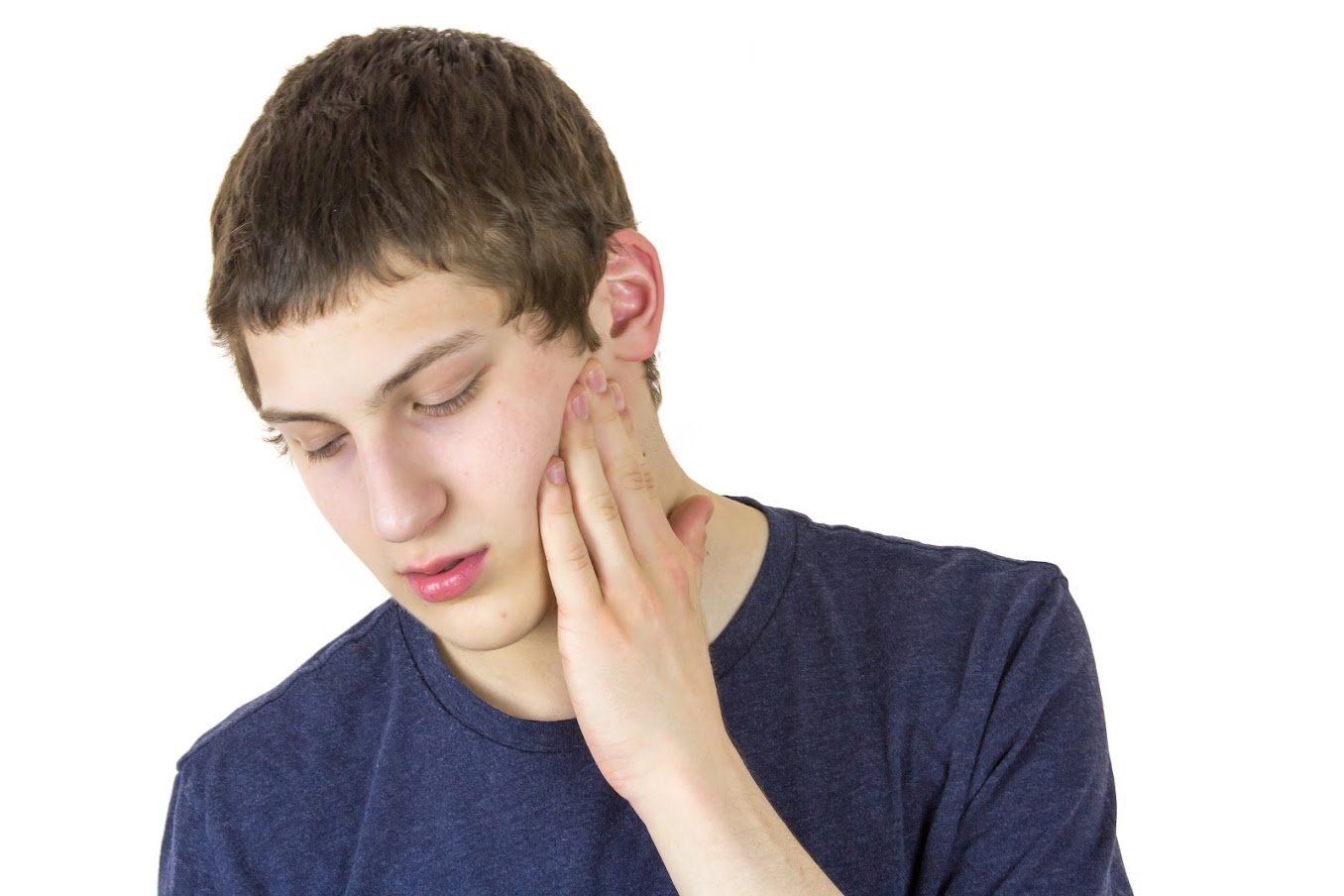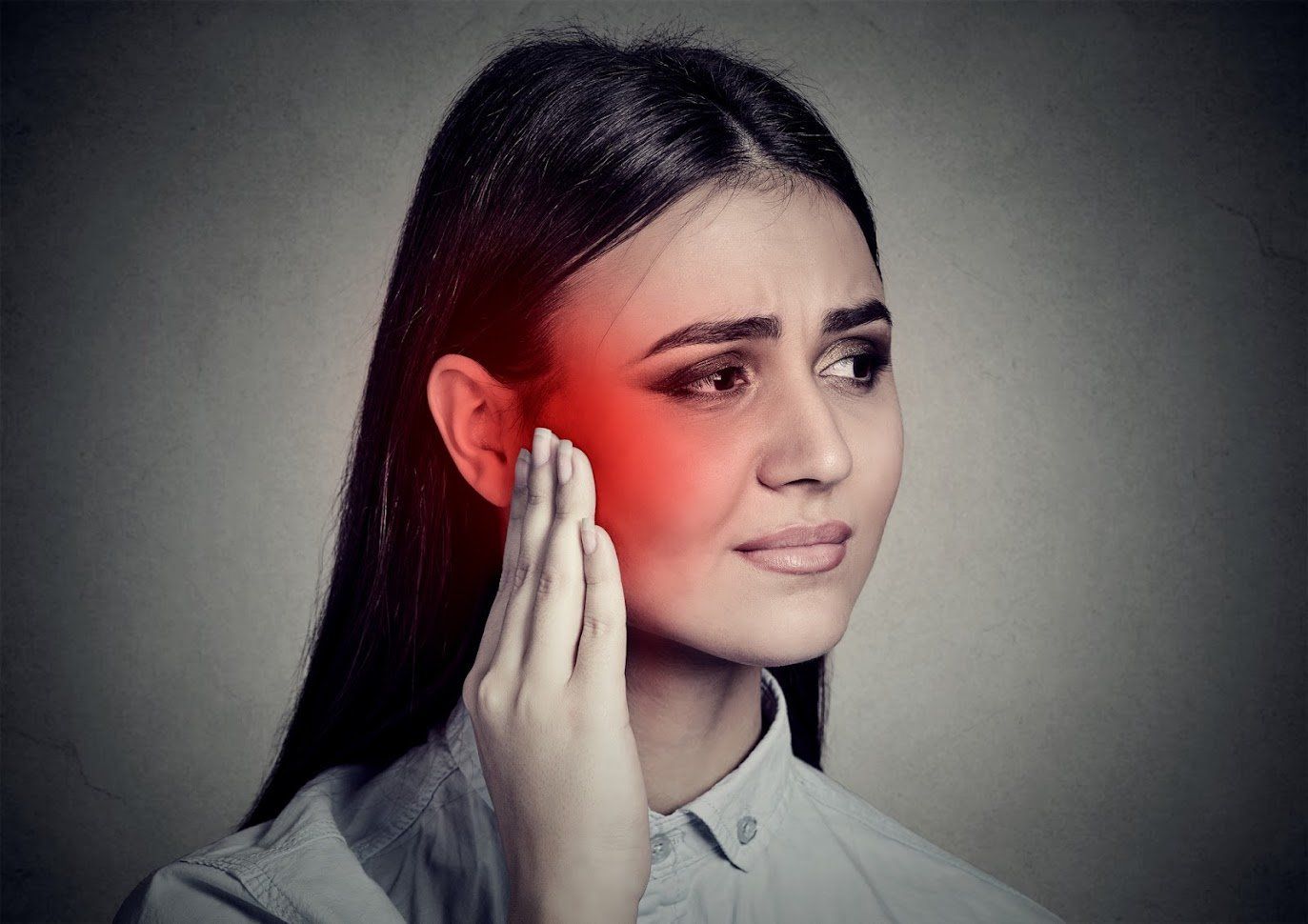Why do you need dental X-rays and how are you protected?
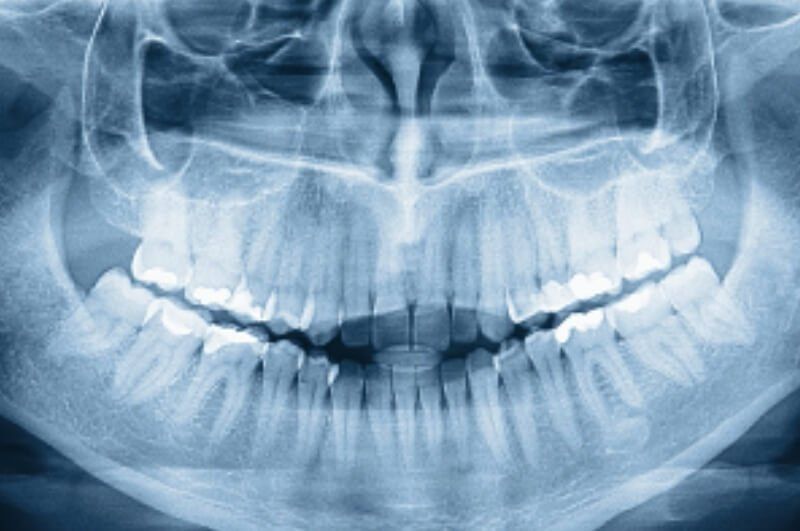
What do the X-Rays show the dentist?
There are many different types of x-ray, and each type has its own purpose.
Periapical X-rays
When the dentist or an assistant takes a periapical view, he or she will tilt the position indicator device (PID) at a slight angle.
Periapical x-rays are vital when checking for abscessed tooth roots. The PID angle captures not only the erupted portion of the tooth but also the entire tooth root as well. These abscesses can sometimes originate in the tooth's pulp chamber or in gum pockets--especially in patients with periodontal disease.
Abscesses cause painful pockets of pus. If left untreated, the infection can spread in the bloodstream. So periapical x-rays are greatly beneficial to quickly diagnose this problem.
Bitewing X-rays
Bitewing x-rays are great at indicating areas of decay. For instance, if you have an old crown, debris may have gotten underneath the crown and created a recurrent cavity. Because the crown restoration is covering the enamel, the dentist can’t use a dental explorer to easily probe for decay. Bitewings are also great at revealing decay in proximal areas, or hard-to-see areas between teeth.
Occlusal and Panoramic X-rays
Occlusal x-rays show not only the teeth but also the hard and soft palate and the mucous membranes below the tongue. Panoramic x-rays show a larger view of the oral cavities surrounding structures, such as sinuses, joints, and jaw bone. Both of these views are great at showing unerupted teeth.
If a child is going to undergo orthodontic treatment, then these views can show unerupted adult teeth and how they will probably come in. These x-rays are also vital for dental surgery since they can show impacted and unerupted wisdom teeth. Lastly, these x-rays can help the dentist detect tumors or bone lesions in the early stages.
How are you protected from Ionization?
As you can see, there are many reasons why your dentist may need to take x-rays with multiple views. X-rays are powerful diagnostic tools. But again, you may be worried about ionization. Thankfully, dental offices — and other medical facilities — follow the ALARA principle, which means they will take x-rays in the way in which radiation is "As Low As Reasonably Achievable."
This may mean an overall limitation on x-rays, as well. For instance, your dentist may not take x-rays at every visit. Unlike bi-annual cleanings, x-rays are not prescribed at regular intervals; they are used based on your current health habits.
For instance, if you don't have any cavities, then it's unlikely that your dentist will take x-rays at your next appointment. However, if you have poor gum health, then you may need x-rays more often to make sure that the condition improves.
Besides reducing the frequency of the x-rays, your dentist can use protective shields, digital devices, and filters and collimators to reduce the risk of ionization.
Protective Shields
Protective shields are worn by the patient. The dentist can have you wear a lead apron, which shields vital organs and glands from radiation.
Digital Radiography
A lot of dental practices are switching over to digital x-ray devices, and for good reason. Digital x-rays can significantly reduce your exposure to radiation by as much as 80%.
Filters and Collimators
The x-ray tube-head contains an aluminum disc that filters out certain wavelengths that aren't necessary for the x-ray. In other words, the filter will reduce your ionization exposure.
Aside from the filter, the tube-head contains a collimator. The collimator is a plate that has a small hole in its center. This controls the size of the x-ray beam in the tube-head. Because the beam can be narrowed and accurately directed with collimation, your exposure to ionization will be lessened.
Contact Pittsburgh Dental Spa to set up your dental next appointment and to discuss which x-rays you will need.
Reviews from real patients:
Carmen up front is the nicest person ever! First time I met her she was running around doing many jobs and still being oh so sweet. Dr. Kelly is just as amazing! They truly make you feel comfortable and the atmosphere is amazing. Highly recommend!!
Brianna Bangs
OUR LOCATION
Address: 6502B Steubenville Pike Pittsburgh, PA 15205






